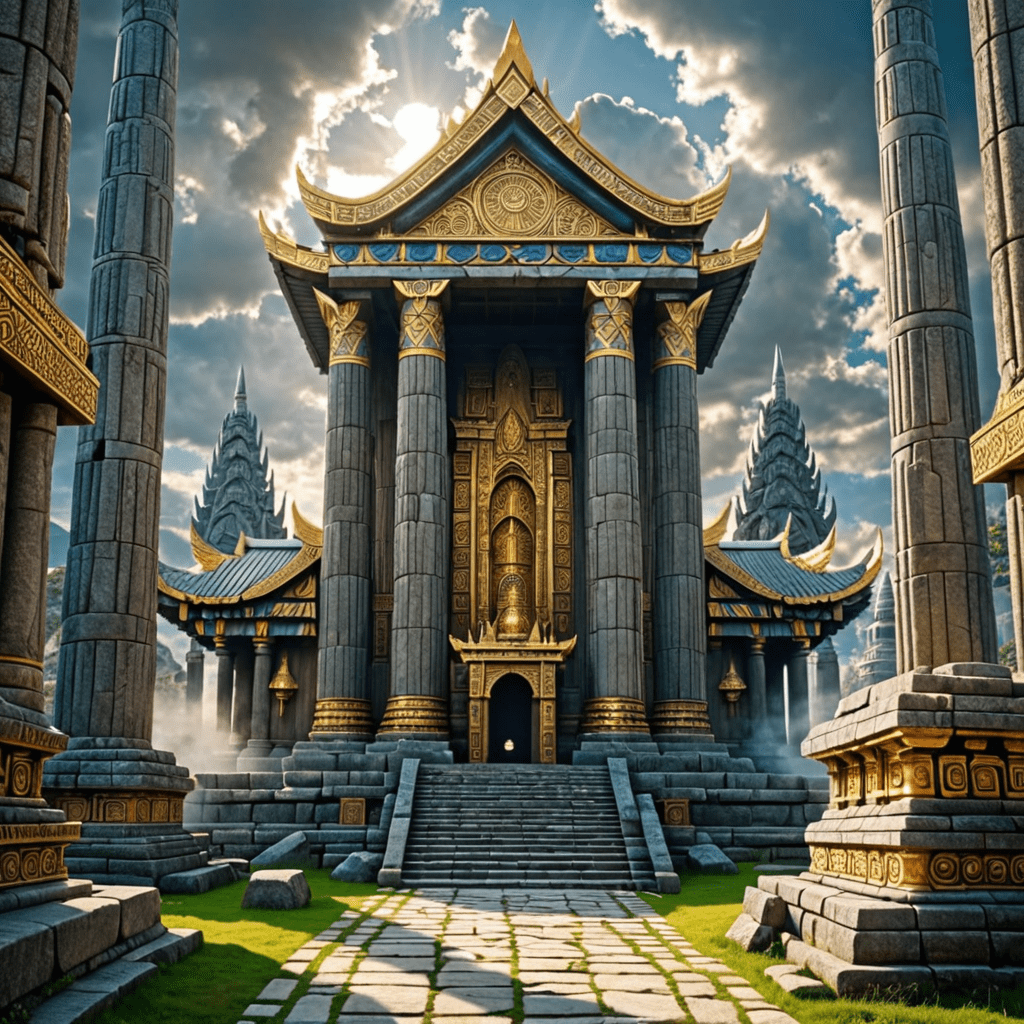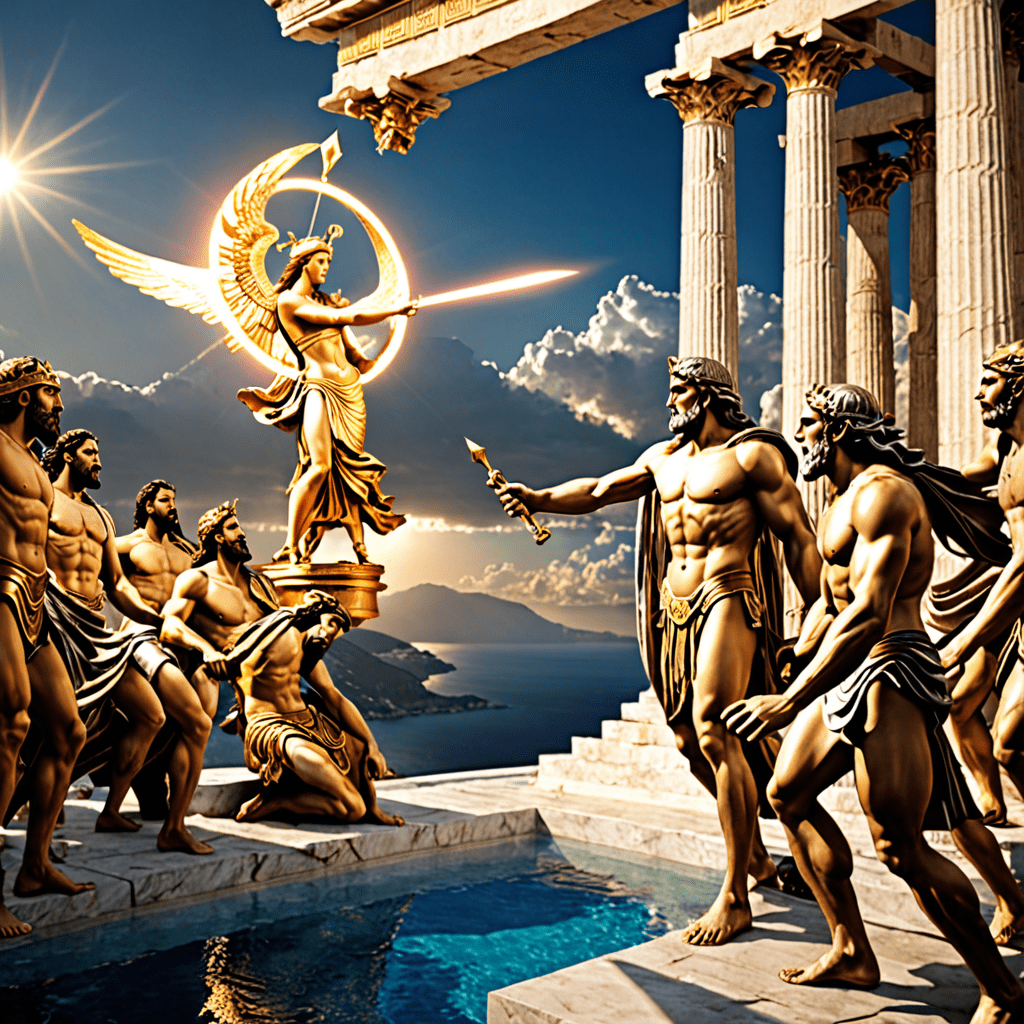The Role of Temples and Sacred Sites in Norse Mythology
Throughout Norse mythology, temples and sacred sites played significant roles in the beliefs, rituals, and stories of the ancient Norse people. Let’s delve into the importance of these locations in Norse culture.
1. Sacred Spaces:
In Norse mythology, sacred sites were believed to be places where the gods and other spiritual beings were more accessible. These spaces were often associated with natural elements such as forests, mountains, or bodies of water. Sacred groves or clearings in the forest were common places for worship and ceremonies.
2. Temples and Sanctuaries:
The Norse pantheon had prominent temples dedicated to specific gods and goddesses. For example, the Temple at Uppsala in Sweden was a prominent center of worship for Odin, Thor, and Freyr. These temples were where rituals, sacrifices, and other religious practices were conducted to honor the deities and gain their favor.
3. Rituals and Offerings:
Visiting temples and sacred sites allowed the Norse people to partake in rituals and ceremonies to connect with the divine. Offerings of food, drink, and other items were made to the gods as a sign of gratitude and respect. These rituals were essential in maintaining harmony between humans and the divine realm.
4. Mythological Significance:
Many Norse myths and legends are set in or connected to sacred sites and temples. These locations often serve as the backdrop for epic tales of gods, giants, and other mythical beings. For example, the story of Ragnarok, the apocalyptic battle that marks the end of the world, involves sacred sites such as Yggdrasil, the World Tree.
FAQ on the Role of Temples and Sacred Sites in Norse Mythology
What significance do temples hold in Norse mythology?
Temples in Norse mythology served as sacred spaces where gods and goddesses were honored through rituals and sacrifices. They were believed to connect the mortal realm with the divine, serving as focal points for spiritual practices and gatherings.
Were there specific sacred sites in Norse mythology?
Yes, in Norse mythology, there were several sacred sites such as Yggdrasil, the World Tree, which connected the nine realms, and Valhalla, Odin’s hall where fallen warriors were brought after death. These sites held great significance in the Norse belief system.
How were temples and sacred sites revered in Norse society?
Temples and sacred sites were held in high esteem in Norse society, with people often making pilgrimages to these places to seek blessings, guidance, or to connect with the divine. They were central to religious practices and played a vital role in maintaining the cosmic order.
Did temples and sacred sites play a role in Norse myths?
Yes, temples and sacred sites frequently featured in Norse myths and sagas. For example, Valhalla was central to the tales of fallen warriors being chosen to reside there by Odin. Additionally, sites like the Well of Urd, a well beneath Yggdrasil, were essential to the creation and sustenance



